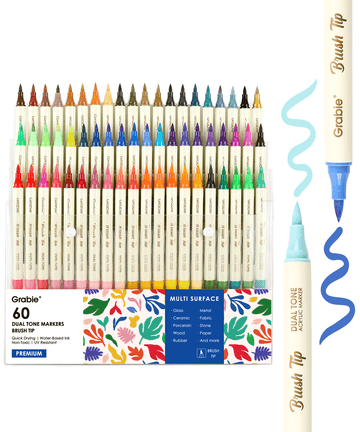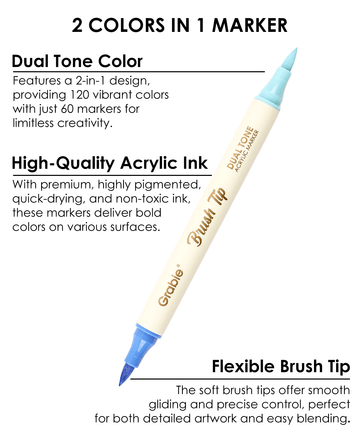How to Draw a Palm Tree with Oil Colored Pencils

Palm trees remind me of romantic tropical islands with warm breezes and turquoise waters. The palm tree is impressive with its huge trunk and pointy leaves sprouting from the top. Palm trees are, in my opinion, the most accessible trees to draw and the fastest way to set up a tropical landscape. A few simple lines and colors can be used to depict their unique appearance. Drawing a palm tree is easy, I'll show you how to draw a beautiful and realistic palm tree drawing with easy, step by step drawing instructions!
Download Free Step-by-Step Guide:
How to Draw a Palm Tree
List of Supplies:

Step 1. Draw the raw structure of the palm tree in an irregular circle
First, I drew an imperfect circle without using a compass because I wished the circle to be irregular so it looked more natural and original. The palm fronds will be distributed irregularly within this circle because they are asymmetrical in life. Next, Draw two relatively parallel lines down the center of the circle, representing the tree trunk, but it does not need to be completely straight. To draw the palm leaves, I placed curved guiding lines outward from the center point. The curve lines will be the rachis of each leaf. You can also draw some lines that start from the others, and place some lines outside the circle's center.

Step 2. Outline the Leaves of the palm tree
In this step, I add an outline around each rachis to make the shape of each leaf. I tried to make a little different for each one, because the truth is that every leaf can't be the same.

Step 3. Erase the preliminary lines and start adding colors to the leaves
I added small round coconuts and some shading to add depth to the leaves. Now that the structural frame is complete, I erase the initial guidelines in preparation to start sketching. Have you ever looked closely at a palm tree? We usually think of all palm leaves as green, but most palm leaves also have some yellow, brown, and various gradients of green. For realism, I first added orange to brown color to the ends of some branches because it's always the end of the leaves that turn yellow at first.

Step 4 Shading the other half leaves with green colors & add a trunk
As a classic tropical plant, a piece of palm leaves is made up of many individual leaves, the primary color is olive green, and I fill it with all the remaining branches. And add dark brown to partial areas of leaves and trunk sections.

Step 5 Add more coconuts and fill the trunk
To show the leaves in shadow, I first used dark green for part of them. There is also the center of the tree that needs special attention, you can add more coconuts, and at the same time, there will be more shadows. I usually paint with a darker brown to make shadows around the coconuts. I finally filled in the trunk area with two shades of brown, and it's starting to come to life now!

Step 6 Adding the highlights and tender green leaves
The tropics are usually sunny, so the highlights are significant in this palm tree painting. For this, I alternated amber and white and painted on the left side of some leaves and coconuts because I wanted the sun to shine from the left. Some raised parts of the palm tree reflect bright sunlight, so I used a white colored pencil to add a touch of sunlight glare to the coconuts and branches. It's a great color and also adds some texture and realism to the trunk of the simple palm tree drawing.
Congratulations! You've just painted a shimmering palm tree with oil-based pencils. Follow the steps of the decomposition. It is not as difficult as you think. Now you can create your beautiful tropical paradise. Why not share your feelings about this tutorial on palm drawing in the comments section?










































